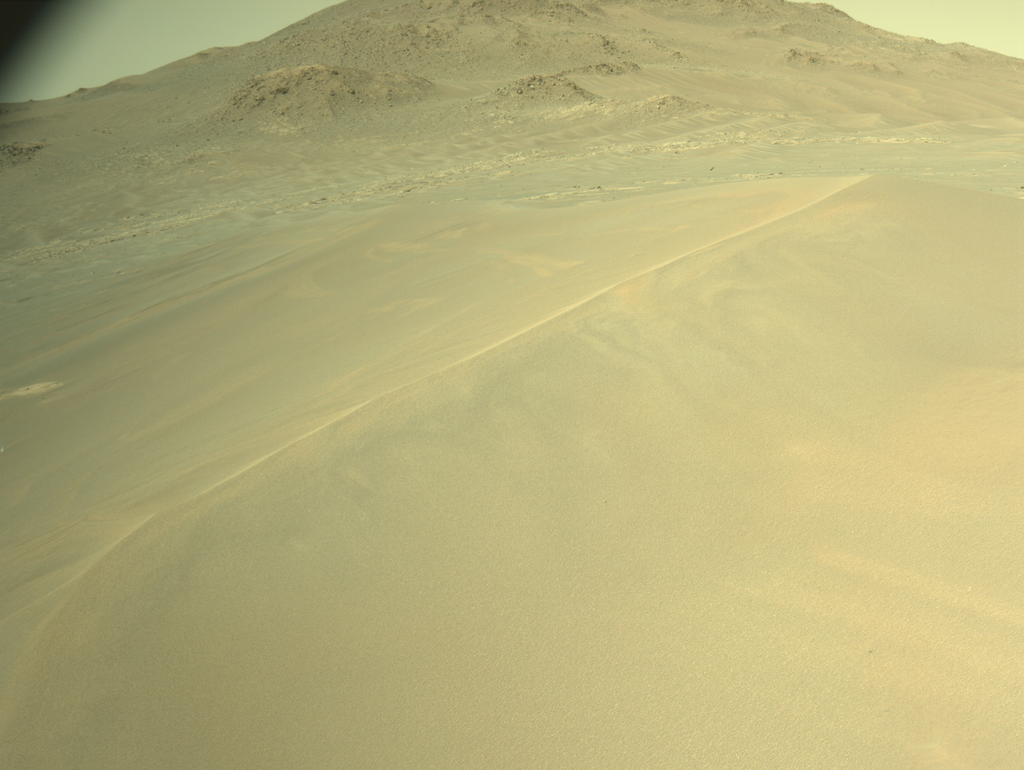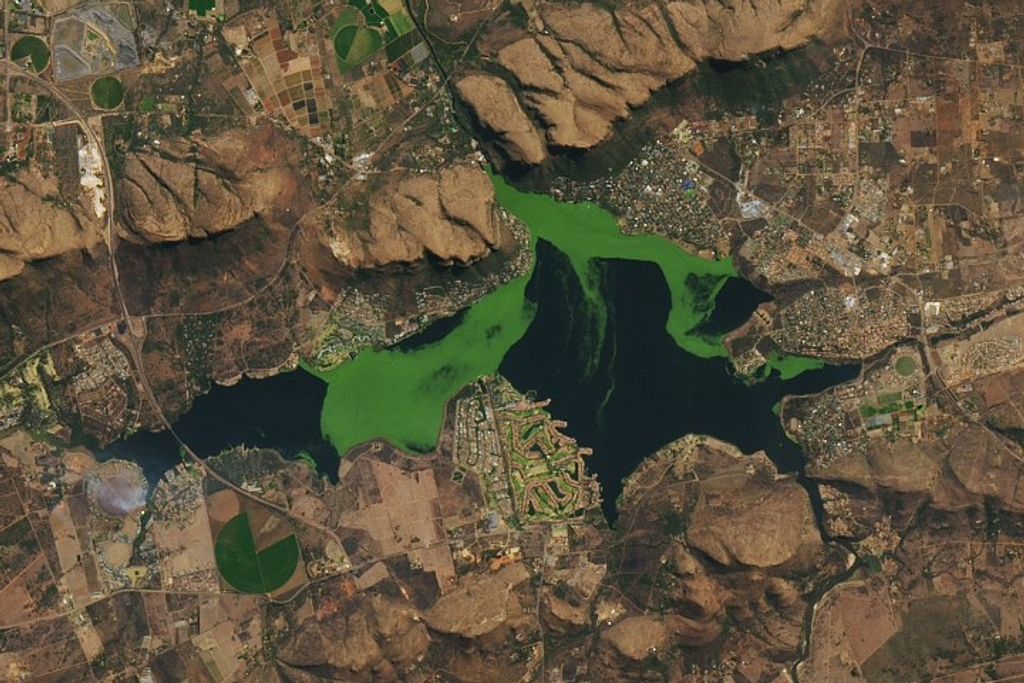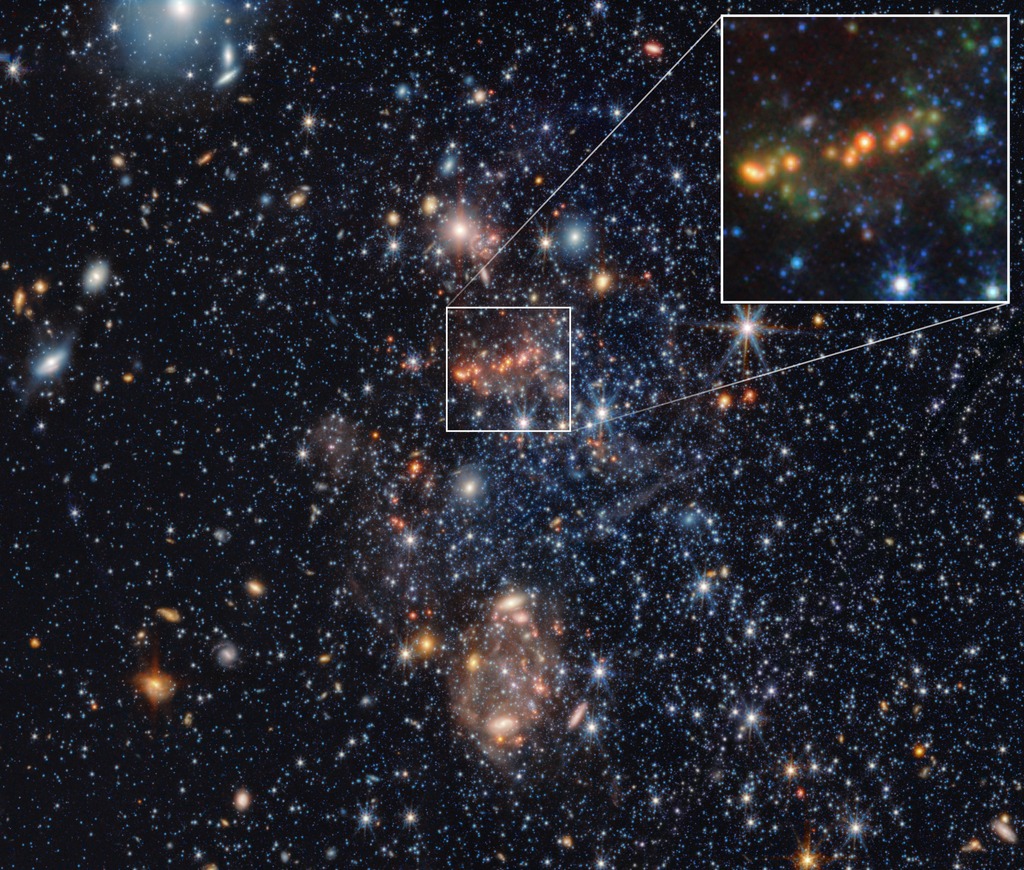1 min read
Infrared Universe: The Monkey Head Nebula (NGC 2174)
The Monkey Head Nebula, NGC 2174, was observed by Hubble using both visible and infrared light, revealing both the surface and depths of this multifaceted pillar of gas and dust.
Optical: The gas and dust forming stars obscures the background light, a temporary fog collapsing to make stars hidden within.
Credit: NASA, ESA, and the Hubble Heritage Team (STScI AURA), and J. Hester
Near-Infrared: This view reveals stars forming within the nebula and in the background. In addition, entire distant galaxies—their spiral or irregular shapes easy to distinguish from the starry background—pop into view far in the distance behind the nebula as the gas becomes transparent in the infrared. A handful of young stars deep inside the cloud also become unobscured enough to see.
Credit: NASA, ESA, and the Hubble Heritage Team (STScI AURA), and J. Hester
About the Infrared Universe Collection
The human eye can only see visible light, but objects give off a variety of wavelengths of light. To see an object as it truly exists, we would ideally look at its appearance through the full range of the electromagnetic spectrum. Telescopes show us objects as they appear emitting different energies of light, with each wavelength conveying unique information about the object. The Webb Space Telescope will study infrared light from celestial objects with much greater clarity and sensitivity than ever before. Explore the Infrared Universe. Adapted from Cool Cosmos by IPAC, with additional contributions from Bruno Merin and Miguel Merin (Pludo).
- Release DateMay 22, 2018
- CreditVideo: NASA, ESA, Gregory Bacon (STScI)
Downloads
Share
Details
Laura Betz
NASA’s Goddard Space Flight Center
Greenbelt, Maryland
laura.e.betz@nasa.gov
NASA, ESA, Gregory Bacon (STScI)
































